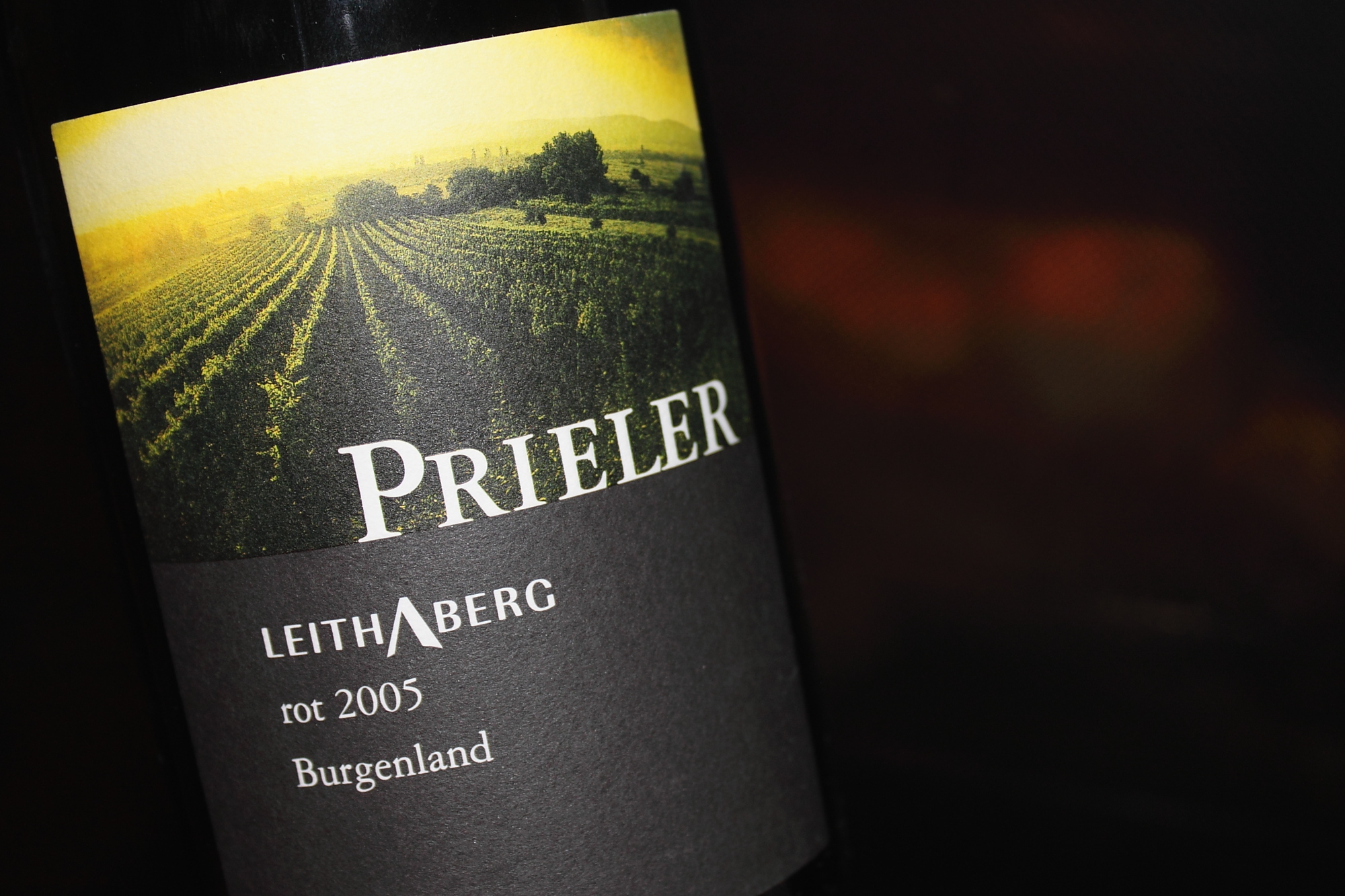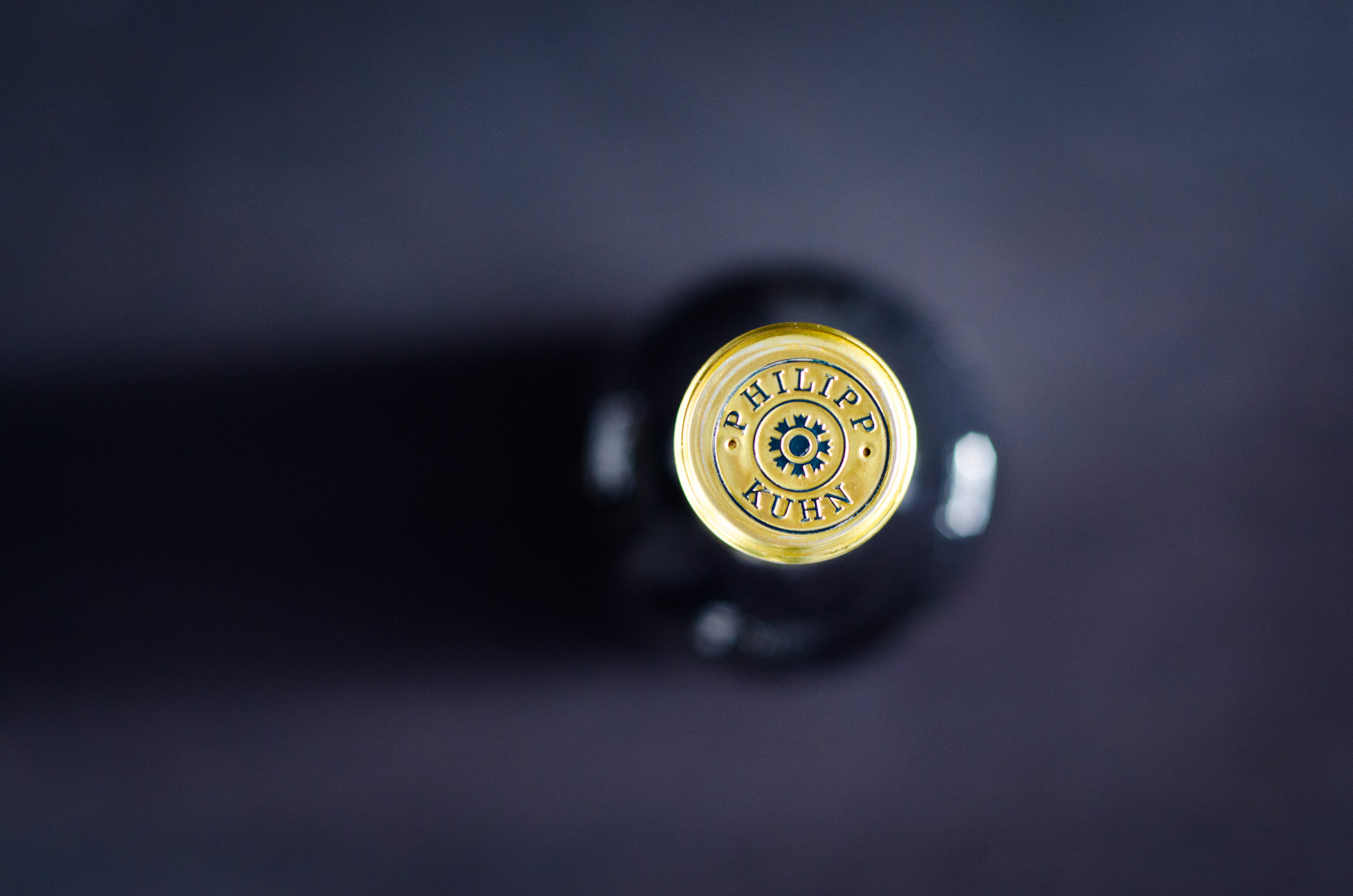Domaine Huet, Vouvray Clos du Bourg, Sec 2011
As this week will have a French wine theme - Wednesday I am invited to a French rosé and food event - I figured I should kick it off with a wine from one of my favourite French regions: the Loire. Admittedly, its more famous cousins Burgundy, Champagne or Bordeaux would usually be mentioned first, but I love both the freshness and the quirkiness of the Loire wine. In many ways it is the French region that suits my style most.

It is also the French wine region that got me hooked on Chenin Blanc, partly due to the exciting wines coming from Domaine Huet.









